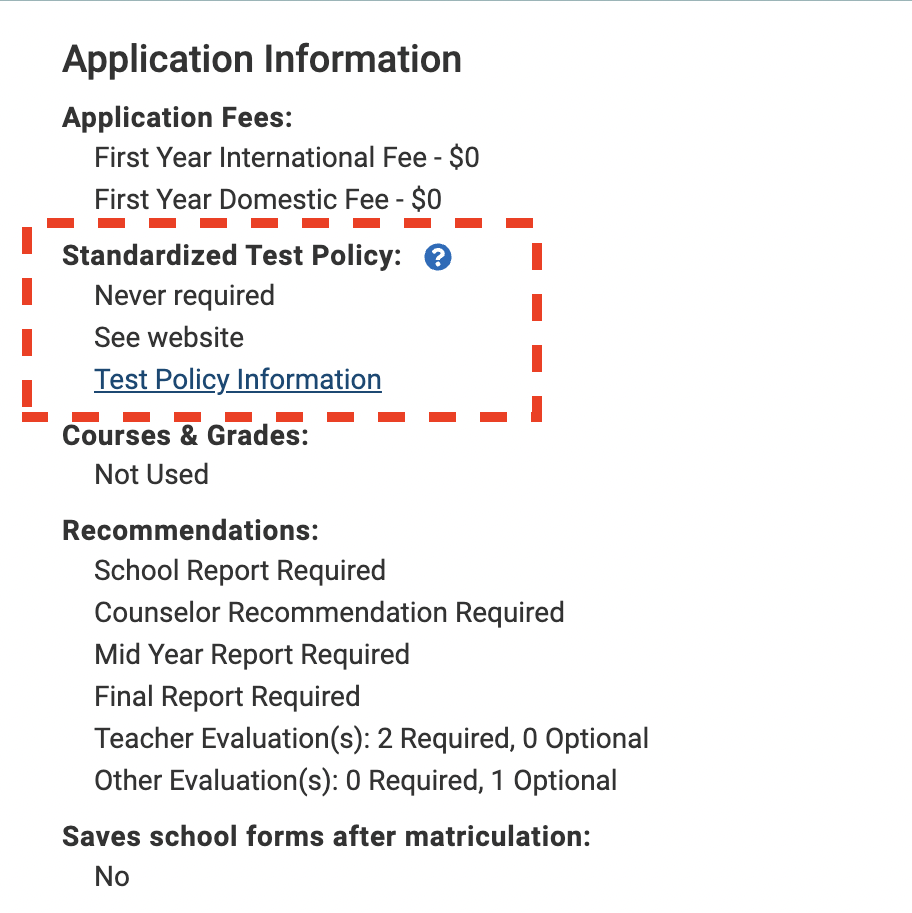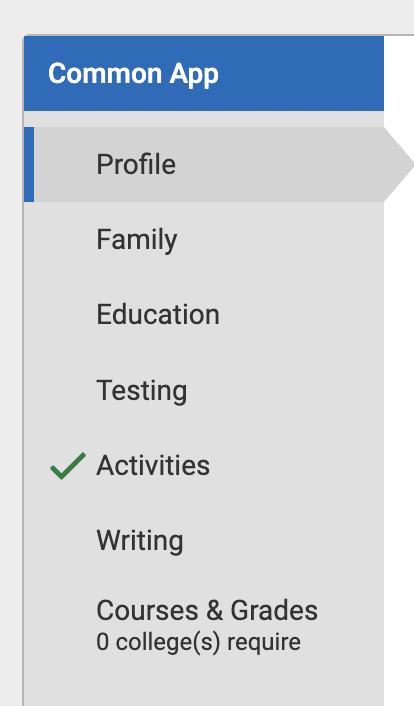This is the time of year when many high school juniors start to turn their attention to college admissions. Regardless of when you feel ready to begin your college application journey, don’t worry—you’ve got this!
Just like any other project, put a plan in place and check-off steps along the way to assure that you cross the finish line feeling triumphant. While the detail in your college application may be unique to you, there are common elements that make up every admissions file. These include:
- A high school transcript
- One guidance recommendation
- Two teacher recommendations
- SAT or ACT Standardized test scores (often optional)
- CommonApp, Coalition App or school-specific application
Your high school transcript is the record of the classes you have taken and the grades you have earned in high school. Your high school will send this electronically to the universities you select on your target list. Continue to work hard to achieve the best grades possible for you.
College admissions representatives aren’t going to immediately rule you out if you show a failing grade on one test, but they are going to look at the overall story a transcript tells. Did you take classes that were appropriately challenging for you? If you struggled early in a class, did you improve your grades by the end of the academic year? Rest assured, college admissions officials are acutely aware that many high school students, and their grades, were impacted by the pandemic.
Every college application also includes a recommendation from your guidance counselor, which is also sent directly to the target schools on your list. If your guidance counselor does not know you well, now is the time to make a one-on-one appointment so your counselor can get to know you and your college aspirations better.
Many guidance counselors will offer you an opportunity to complete a questionnaire or profile, which they may use when drafting their recommendation about you. Therefore, it makes sense to thoughtfully complete this, and use personal examples or anecdotes to paint a picture of a characteristic or quality you want to highlight.
Each college application includes two teacher recommendations. Most high schools expect you to take the initiative and connect with the teachers of your choice and request these recommendations before the end of junior year. Be forewarned: some teachers receive many requests to write recommendations, and your high school may limit the number that any one teacher is required to write in a given year.
Select a teacher who knows you as a student. If your college academic interests or intended major is in engineering, math or science, make sure that one of your recommendations is from a high school teacher in an analytical subject.

Standardized tests provide the admissions office with a way to consider your aptitude relative to your peers nationwide. Plan ahead so you can take the SAT or the ACT on a day that does not add unnecessary stress to your busy schedule.
Many students find they improve their score the second time they take the test. This offers an opportunity to ‘super score,’ that is, use an Evidence-Based Reading and Writing score from one test, and a Math score from another test sitting, to maximize your score.
Standardized test-taking not your strength? No worries. More than 1,800 U.S. universities are now test-optional, and additional higher education institutions temporarily eliminated the standardized testing requirement during the pandemic. If you are not sure about the standardized testing requirements for a target college, simply check the specific school’s admissions website pages or the CommonApp for testing requirements.

The application itself, whether it is the CommonApp, the Coalition application or a college-specific application, typically includes sections that are ‘common,’ in that they are provided to all the schools you are applying to.
These include Profile and Family sections that largely require form-fill responses, an Education section where you list your current classes and five academic honors, a section for short descriptions for 10 extracurricular Activities, and finally a Writing section where you provide a 650-word personal statement or essay.
A second aspect of the application is specific to the individual schools you are applying to, and includes questions and supplemental essays tailored to each college, though some schools do not require any additional writing.
At Admit Fit, we suggest students create a free CommonApp account so they become familiar with the elements of the application early in the college admissions journey. Knowing the specifications deescalates anxiety and provides a guide to complete the project, from start to finish.